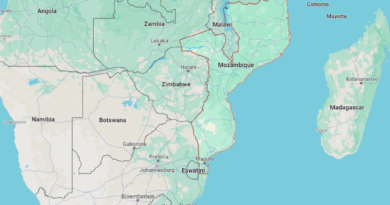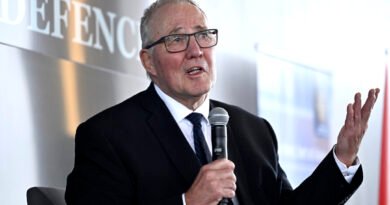Queensland Joins National Funding Agreement, Secures $2.8 Billion Funding Increase
The agreement increases the Commonwealth’s share of school funding from 20 to 25 percent and establishes goals to enhance attendance, literacy, and numeracy rates.
The funding is aimed at narrowing educational disparities, improving literacy and numeracy, and offering custom support for disadvantaged students throughout Queensland.
Prime Minister Anthony Albanese hailed the agreement as a significant milestone.
“This is an investment in genuine reform with substantial funding—ensuring that Australian children receive the finest education possible,” he stated.
He emphasized that this step guarantees that every student receives the appropriate funding based on the Schooling Resource Standard (SRS) first suggested in the 2012 Gonski review.
Queensland Premier David Crisafulli, who traveled to Canberra for the final discussions, praised the agreement as the “largest investment in schools in our country’s history.”
He remarked that the funding will assist Queensland in addressing distinctive challenges due to its expansive geography, regional diversity, and numerous rural and Indigenous schools.
“We face challenges as a result, not only geographically but also entrenched historical challenges. Consequently, our NAPLAN results in recent years have not met our expectations,” Crisafulli noted.
Both Albanese and Education Minister Jason Clare stressed that the funding must result in tangible outcomes and should not be seen as a blank check.
Reforms and Key Targets Under the Agreement
As outlined in the agreement, the Commonwealth’s share of school funding will gradually increase from 20 percent to 25 percent of the SRS by 2034, with Queensland providing the remaining 75 percent.
The funding is linked to reforms designed to enhance student achievements, including early literacy and numeracy assessments, evidence-based teaching, remedial tutoring, and improved student well-being through access to healthcare professionals.
Other initiatives focus on reducing teacher workload, improving professional development, and enhancing teacher retention.
Key objectives include raising high school graduation rates by 2030, decreasing the number of students requiring additional literacy and numeracy assistance by 10 percent, and increasing student attendance to 91.4 percent.
The Agreement also aims to boost teacher involvement and achieve a 69.7 percent enrollment rate in initial teacher education programs by 2035.
Will Queensland’s $2.8 Billion Be in the Budget?
When asked if Queensland’s $2.8 billion share would be included in the federal budget scheduled for March 25, Albanese indicated that most of the funding had already been allocated in the December mid-year budget update.
However, he mentioned that additional funding for Queensland would be reflected in the pre-election fiscal outlook.
Queensland was the final state to sign the Better and Fairer Schools Agreement, following New South Wales’ agreement earlier in the month.
Crisafulli explained that time was needed to negotiate and secure the best outcome for the state.
The agreements for Northern Territory, Western Australia, Tasmania, and the Australian Capital Territory are expected to be finalized by late 2024, with South Australia joining in January 2025.
Funding Challenges, NAPLAN Woes Fuel Reform Push
While the agreement aims to address shortfalls in public school funding, data from the Australian Bureau of Statistics (ABS) highlights a trend favoring private education.
Over the past five years, independent school enrollments have increased by 18.5 percent, compared to a 1 percent rise in government school enrollments. Catholic schools have also seen growth in enrollment.
Despite government schools still educating 63.4 percent of students, concerns about academic performance and limited resources have led more families to choose private education, raising concerns about the long-term sustainability of public school funding.
Adding urgency to these concerns, the release of the 2024 NAPLAN results has reignited discussions about education reform.
The data revealed that one in ten students falls below basic literacy and numeracy standards, with 400,000 students needing remedial tutoring.
While migrant students outperform their Australian-born peers, disparities persist. Aboriginal and Torres Strait Islander children are four times more likely to lag behind.
Boys continue to face challenges disproportionately, with nearly double the number beginning high school functionally illiterate compared to girls.
By Year 7, one in eight boys requires extra reading support.
Nearly a quarter of the 1.3 million students assessed across Years 3, 5, 7, and 9 were classified as “developing,” indicating they have not yet met the expected standards for their grade level.
The federal government aims to narrow these gaps through increased funding and targeted reforms under the Better and Fairer Schools Agreement.





